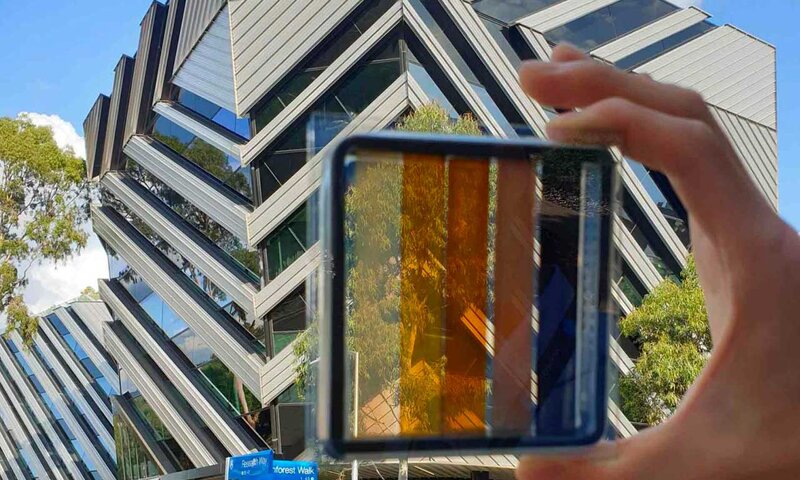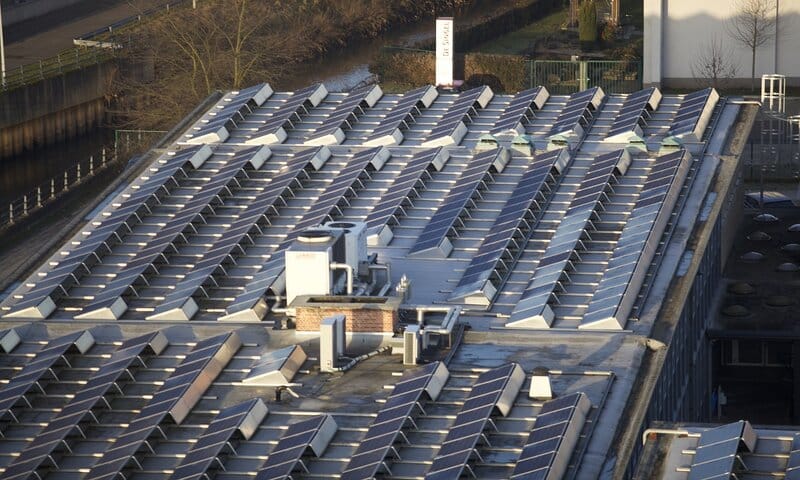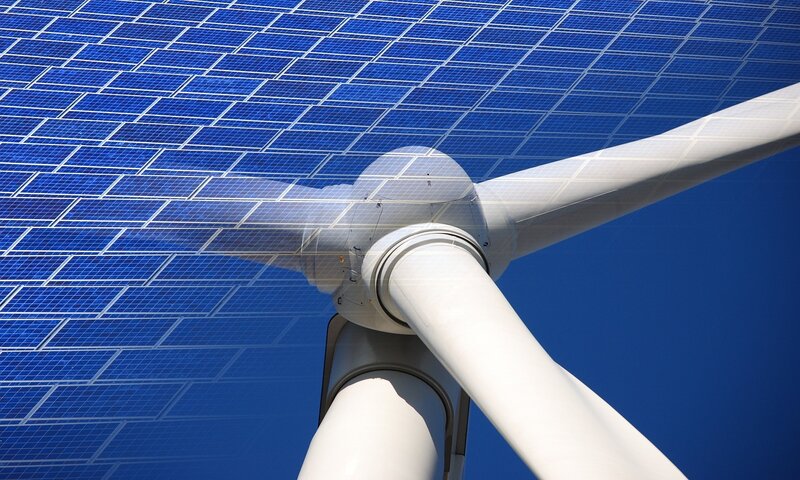In 2022, Australian Prime Minister, Anthony Albanese, announced that Australia would enter a new era of climate and energy innovation. His promise is a new climate legislation target, which is 43 per cent cuts by 2030 and net zero by 2050. With this, green technology will boom, bringing innovation to support Australia’s mission towards renewable energy.
In fact, the country has the highest solar radiation per square metre in the world, and in 2022, Australia saw significant milestones in renewable energy. In 2022, there will be a significant increase in solar installation, with 24 per cent of the country’s electricity coming from renewable energy.

In the same year, the country was the world’s largest lithium exporter, along with a significant increase in Electric Vehicle (EV) sales.
Despite the abundance of sunshine in the country, it doesn’t always shine. Thus, green tech is here to better accommodate the energy needs of Australians and people worldwide. On that note, here are some of the green tech we can expect to hear more about in 2023.
1. Transparent solar panels
Transparent solar panels can be applied like a window film on windows and other surfaces to harvest energy from the sun. In 2020, Australian researchers were able to develop them in a way that two square metres of transparent solar cells can match the output of a rooftop panel.

In 2022, solar window technology came a long way, with a team of Australians declaring that the windows are becoming close to self-powering after developing a semi-transparent solar cell.
Whilst we wait for the full development of transparent solar panels, you can already take advantage of solar energy with rooftop solar panels.
You can use our free electricity bill comparison tool to compare local offers from Australia’s major energy retailers and help you make the switch in a few quick steps. All you need to get started is a recent energy bill.
2. Solar panels on electric vehicles
A growing number of electric vehicles this year are starting to incorporate regular solar panels into the vehicles. Currently, all EVs available in the market still require charging for long-range trips.
However, with the emerging technology of solar panels on electric vehicles, EV owners might be able to make up about 40 miles a day in short trips off solar power alone, depending on the vehicle, as well as where it is parked and the type of solar package it has.
In 2023 and beyond, EVs with solar panels will be available, such as the Lightyear 0 and Sono Sion.
3. Fusion energy
Fusion energy aims to replicate the power of the sun on Earth. It works by fusing elements together to generate energy based on reactions within the star’s massive celestial furnace.
In 2023, we will likely see more developments for fusion energy, to have nuclear fusion reactors that will be fully operational by 2027.
This is boosted by the recent breakthrough at the Lawrence Livermore National Laboratory when a fusion reaction generated a bit more energy than was used to start it.
Fusion reactors still have a long way to go, but when they’re here, they will be able to generate ten times the input energy to become a viable energy source.
4. The rise of Aussie green tech businesses
The popularity of solar energy in the country has made many individuals and businesses interested in venturing into the business of renewable energy. With how things are progressing, there’s no doubt that solar energy is the future and is bound to gain even more massive growth.
That said, Aussies can expect a lot of green innovations in the future with the rise of green tech start-ups today. For one, Goterra is a start-up combining AgriTech and BioTech to tackle food waste with insects and robotics. Through this, they can reduce missions to four other waste management solutions whilst producing a protein with no pesticides or fertilizers involved sustainably.
Another green tech startup is AgriDigital, which provides grain management software that helps make agriculture supply chains secure and accessible.
5. Solar storage
In 2023, solar storage will also take centre stage as an important grid asset that will increase the reliability and resilience of today’s decentralised power systems. This will be fuelled by the wide adoption of various energy storage solutions, such as long-duration batteries, that are expected to grow by 30 per cent in 2023.

Complete our quick Solar Quote Quiz to receive up to 3 FREE quotes from trusted local solar installers in Melbourne – it’ll only take you a few minutes and is completely obligation-free.
Moreover, wind power will also increase its storage capabilities for on and offshore wind o improve the productivity and economics of the projects. In fact, half of the 2023 global investments in the wind will go towards offshore technology and projects.
Energy Matters has over 17 years of experience in the solar industry and has helped over 40,000 Australian households in their journey to energy independence.












































